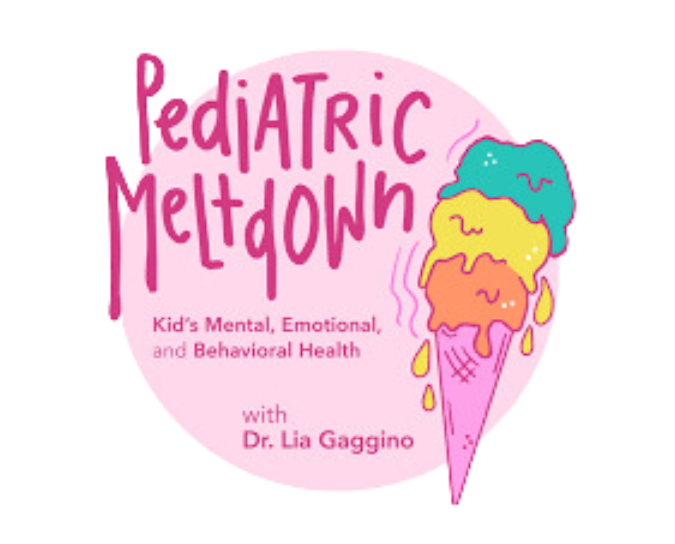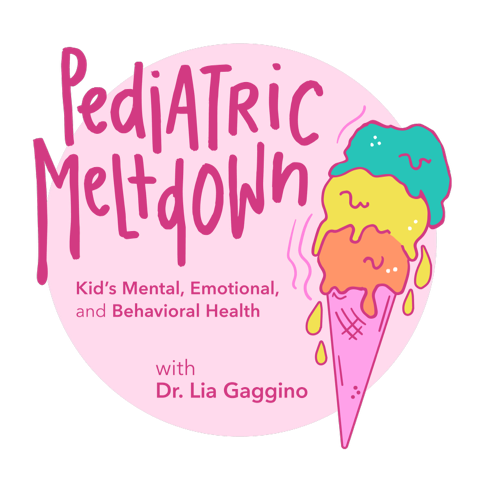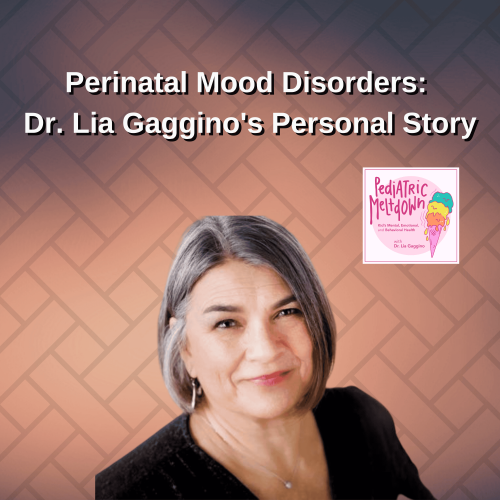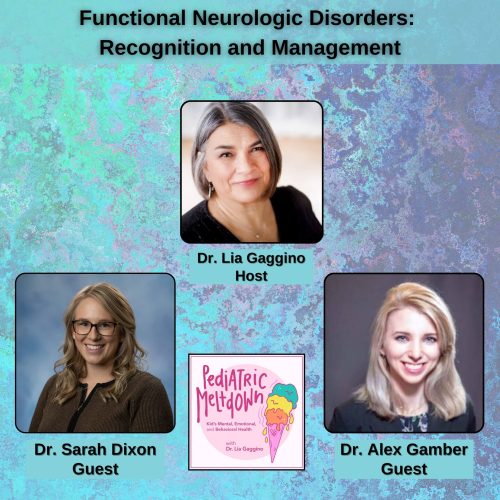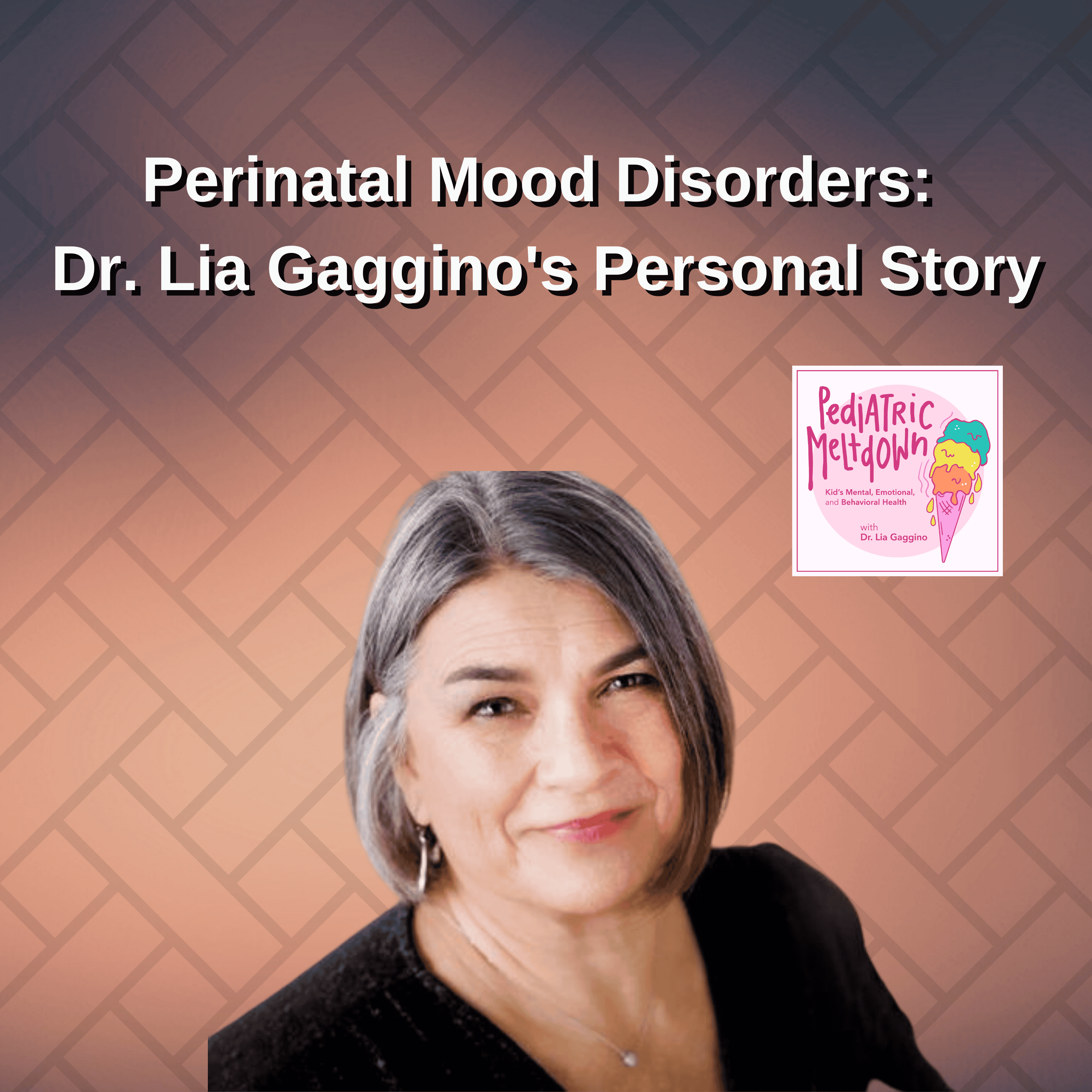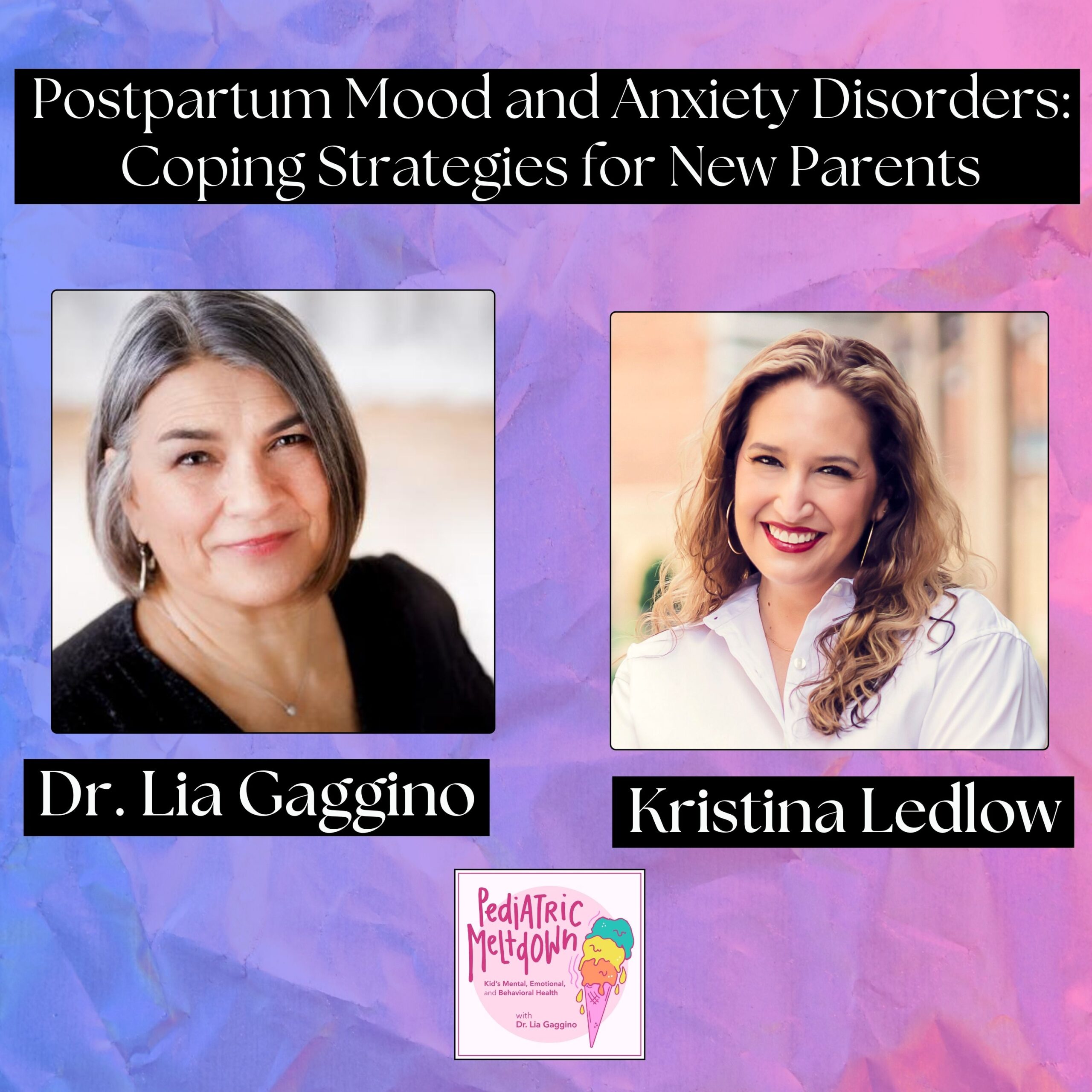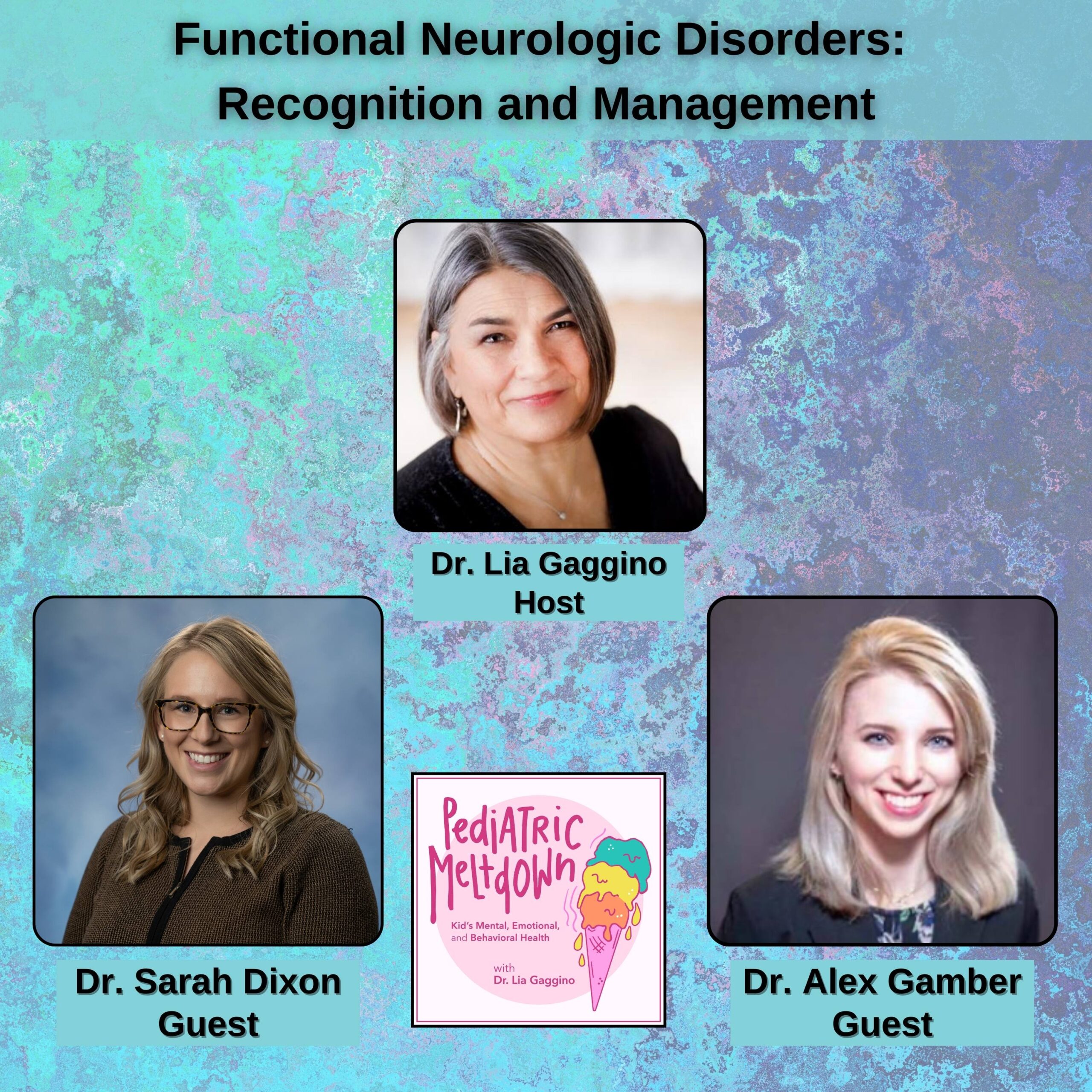TRIGGER WARNING: Please note that this episode contains a discussion of suicide, self-injurious behavior, depression and/or reference of other mental health disorders that may act as triggers.
https://galas.fm/episode/08d6fc7c-09cb-59bb-a0d4-865ece3e4580
In the United States, suicide is the second leading cause of death for children and adolescents between the ages of 10 and 24. Suicide rates have been increasing in recent years, with the rate for girls aged 15-19 doubling between 2007 and 2015. While boys are more likely to die by suicide, girls are more likely to attempt it. There are many factors that contribute to pediatric suicide, including mental health disorders, bullying, social media, and family stressors. Teenage girls are particularly at risk for depression, which is the most common mental health disorder among adolescents. Depression can be a precursor to suicide and lead to self-harming behaviors, such as cutting. Here are some hard core facts:
- There are more suicide deaths than motor vehicle accidents
- There are more suicide deaths than homicides
In this episode, Dr. Gaggino speaks with Sarah Mead and Erica Espinoza, from Gryphon Place (the local crisis center in Kalamazoo Michigan). They give us their unique perspective on working with people in crisis.
[00:30 – 10:16] Opening Segment
- Dr. Gaggino introduces us to Sarah and Erica
- Erica tells us what it takes to be a crisis volunteer
- There’s been over 20 million calls since the hotline started in 2005.
- Erica tells us the different ways to de-escalate a situation
[10:17 – 12:54] 988 is not a new program…. They just gave us an easier way to get to the hotline
- Myth: 988 goes directly to the police… Fact: 988 is actually made to reduce the amount of emergency involvement
- 988 is there to de-escalate the situation and not involve the police
- There was a 45% increase in volume the week that 988 was implemented compared to the week before (that’s a 66% increase from the same week last year)
[12:55 – 15:10] Some Things To Look Out For
- Risk Factors: Depression or substance use disorder, traumatic brain injury, chronic pain, any serious health conditions
- Risk Factors: bullying, unemployment, any sudden drastic change in a person’s life. (i.e. divorce, a death of a loved one, a suicide), a history of childhood trauma or a family history of suicide
- Warning signs: They might talk openly about killing themselves or use language like I’m feeling hopeless. I feel overwhelmed. I just don’t know what to do. I don’t see another way out. Nobody can understand the situation that I’m in and they may talk about the unbearable pain that they feel.
- Warning signs: increased use in alcohol or drugs, if they’re buying a gun or stockpiling pills, if they start saying goodbye or giving away priceless possessions.
[15:11 -29:30] Asking someone if they’re having thoughts of suicide will not encourage them to kill themselves
- Why we should not use the phrase, “Committed Suicide”
- Why we should not refer to it as a “failed” or “unsuccessful attempt”,
- One of the goals of SPAN is to educate the gun retailers on how to pick up on the warning signs of someone who may have thoughts of suicide.
[29:31 – 34:04] Closing segment
- Takeaways
Resources:
Gryphon.org and for Kalamazoo SPAN goals
Gryphon.org/SPAN scroll to Goals and Objectives
988lifeline.org
1-800-273-TALK or 8255
Crisis text HOME to 741741
American Foundation for Suicide Prevention
www.Afsp.org for Out of the Darkness walks and national locations in your community
#BeThe1
Trainings:
QPR
www.qprinstitute.com
SafeTalk and ASISST
www.Livingworks.net
The Trevor Project support for LGBTQ+ youth in crisis to call 1-866-488-7386 or go online to chat
www.thetrevorproject.org
AAP Youth Suicide Prevention Blueprint:
Key quotes:
“From the first week of 988 and there was approximately a 45% increase in call volume the week 988 launched compared to the previous week. And that’s about a 66% increase in volume compared to the same week”. – Sarah Mead
“Crisis workers are also trained in skills like empathy and compassion, and those skills are used in active listening. So, they’re really able to provide that warm support that somebody might need. – Erica Espinoza
THANK YOU FOR YOUR SUPPORT!
Pediatric Meltdown was listed as a Top 20 Pediatric Podcast on FeedSpot.
If you’d like to connect with me, you can find me on LinkedIn, Facebook, Instagram, and Twitter, or email me at [email protected] or [email protected]. To learn more about me visit https://www.medicalbhs.com/
LOVE WHAT YOU HEARD? Leave us a 5-star review so we can continue to provide you with great content. Share this episode and help people know more about children’s health and well-being.
